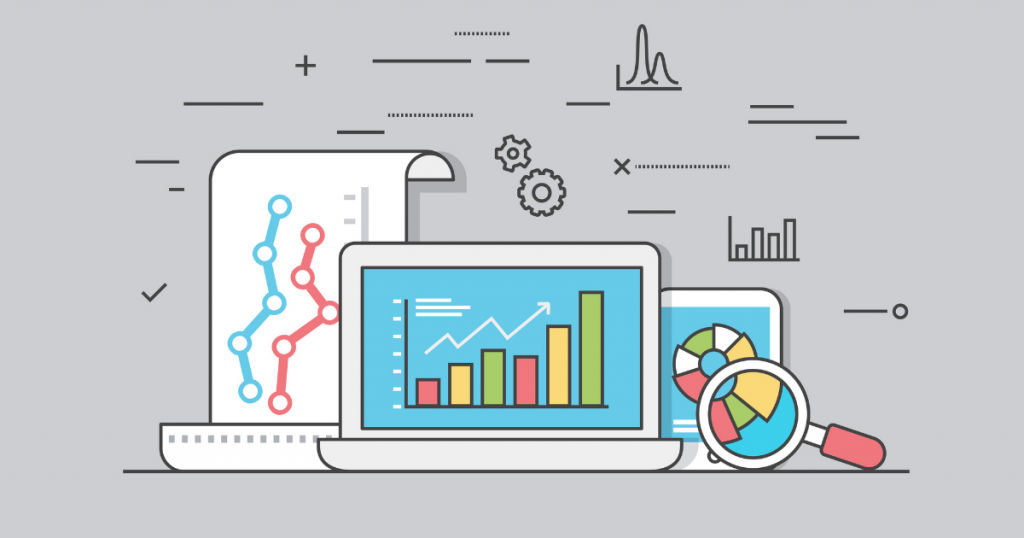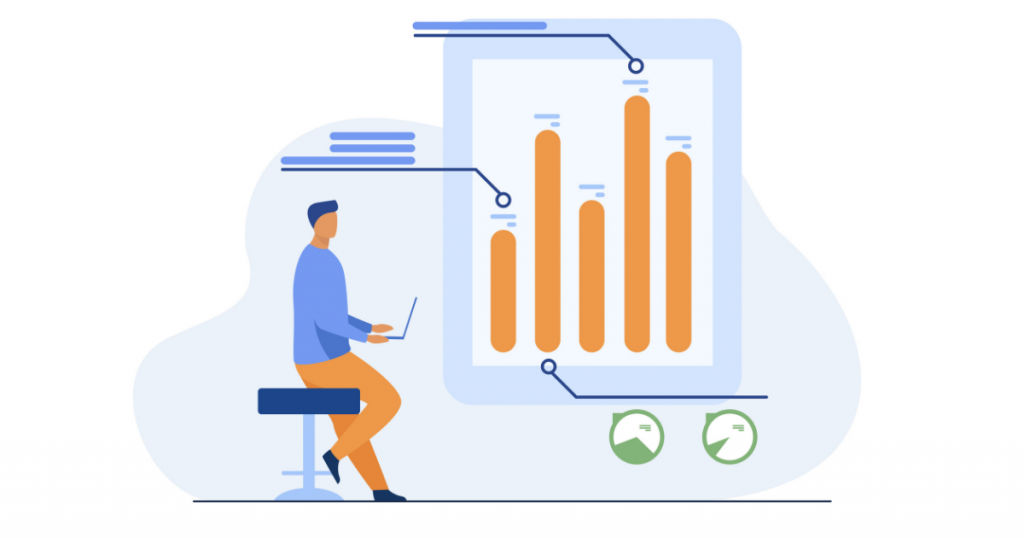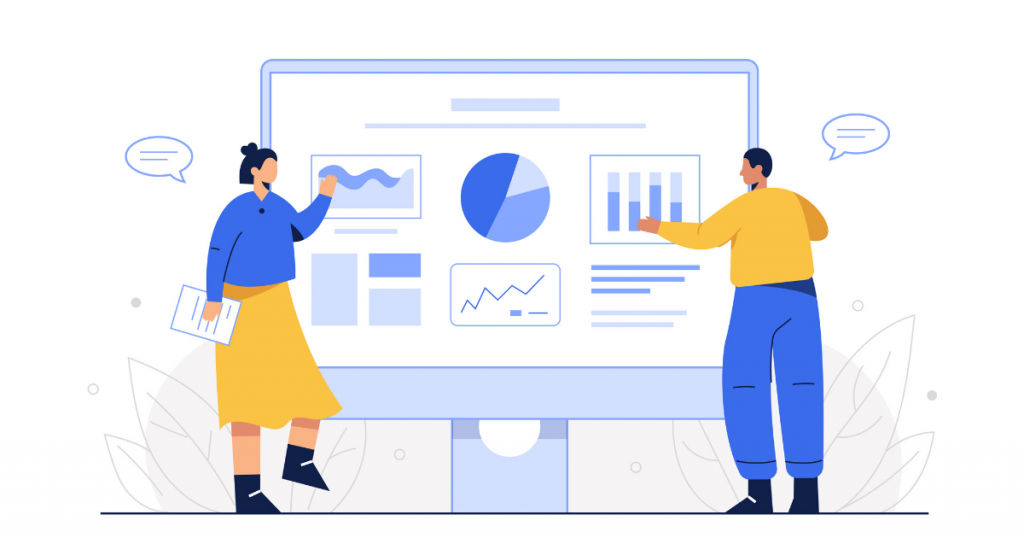
Advanced analytics helps you juice your data better. It encompasses various methods and tools that slice and dice data for insights. Some of these are not possible through traditional analytics. It can help forecast trends and events with a large number of variables. With predictive capabilities, advanced analytics helps businesses plan better.
Table of Contents
How is advanced analytics different from data science?
Advanced analytics coupled with technology such as artificial intelligence and machine learning becomes data science. Data science analyses various data types, including both structured and unstructured data. Therefore, data science is a more specialized form of advanced analytics. Examples will help us understand the difference better.
What are common examples of advanced analytics?
One of the most common examples or use cases of advanced analytics is retail trend forecasting. It is used both by online and offline retailers.
Retail forecasting relies on several internal and external variables. Internal variables include the availability of stock, manufacturing and logistical capabilities, number of outlets, and so on. External variables could be weather, new launches, competition, pricing, and alternatives, to name a few.
With so many variables, a traditional analytics tool to predict sales might not work. You could discount a variable with maximum influence on sales. Consequently, you will end up with unsold inventory, which you will have to clear at a discount.
Advanced analytics, on the other hand, runs several what-if scenarios and recommends the most optimum product mix, along with pricing. It does this using advanced machine-learning algorithms absent in traditional BI tools.
Another well-known use case of advanced analytics is in digital marketing. Advertising platforms such as Google and Facebook use it to understand user behavior. Based on it, they show them relevant ads.
For example, if you regularly watch travel shows and look up baby products, Google’s advanced analytics targets you with a particular messaging. You wouldn’t be surprised to see ads related to travel booking nudging you to take that weekend trip with family.
While these are most common advanced analytics examples, it has different types.
What are different types of advanced analytics?

Advanced analytics is, admittedly, a broad term. You can break it into the following different types based on the purpose it serves –
1. Data mining
2. Predictive analytics
3. Prescriptive analytics
4. Big data analytics
1. What is data mining?
Data mining forms the core of advanced analytics. It mines knowledge from large databases. Knowledge here refers to insights, hidden patterns, and unnoticed trends. It uses machine-learning algorithms.
Here are the most common data mining methods –
Cluster analysis – It clusters datasets based on similarities. Ad platforms use it for identifying target segments for a given product.
Cohort analysis – It segregates smaller related groups from a larger group based on specific attributes. The behavior patterns of smaller groups are then analyzed. For example, a fashion retailer may segment its female customer base into college-goers and working women. Cohorts may run deeper based on behavior patterns.
Anomaly detection – It identifies outliers in the dataset. While detecting fraud is the most common use, it also tracks the immediate impact of high-spend ad campaigns.
Association rule (or Co-relation) mining – It analyzes the relation between two or more variables. For example, few e-commerce companies use it to identify product bundles. If you buy a Kindle, you would most likely buy a sleeve too.
Regression analysis – While co-relation analysis establishes a relationship between two variables, regression helps decide the direction and magnitude. For example, it helps establish the relationship between sales and each dollar reduced by the competition.
2. What is predictive analytics?
Traditional business intelligence tools rely on post-event analysis to understand what and why. It cannot predict the future impact with new variables. However, advanced analytics based on artificial intelligence learns from the changing data trends quickly. For example, during the pandemic, businesses using advanced analytics could predict sales with better accuracy than others.
Predictive analysis uses data mining, machine learning, and predictive modeling techniques. It uses data from a variety of sources to arrive at a forecast. From CRM to macro-economic data, it factors in all information for a more accurate outcome. It finds a wide range of applications – predicting weather patterns, employee disengagement, infection rates, and so on.
3. What is prescriptive analytics?
The next step after getting the output from predictive analytics is to act on it. Even with all insights available, it can be tough to decide without knowing the outcome. A sub-optimal decision could severely impact revenues and profitability.
Prescriptive analytics helps you decide better by proposing solutions and explaining their impact. Thus, it takes analytics one level deeper into the decision-making process. It has more advanced algorithms that require more computing power.
Understandably, prescriptive analytics could prove expensive for smaller organizations. For large organizations, it saves a lot of money by making decision-making more efficient across the organization.
4. What is big data analytics?
Even in the most data-driven organizations, most data lies in an unstructured form. It could be in the form of contracts, images, decks, pdf files, and audiovisual formats. Consequently, a good part of the data remains untapped.
Big data deconstructs this data, quantifies, and analyses it. It opens up floodgates of business intelligence, which up until now were lying unused. Undoubtedly, it is expensive and hence used by big businesses. However, cheaper and more cost-effective options are also emerging. These offer similar benefits to smaller businesses at a lower cost.
What are the benefits of advanced analytics technologies?

From a business perspective, advanced analytics leverages data to earn a higher return on every dollar invested. It helps –
• Equip the leadership team to make more accurate decisions
Data-driven decisions work best when the analytics solution minimizes the scope of guesswork. Advanced analytics provides decision-makers insight into not just data but also the possible impact of a decision. Analyzing several what-if scenarios helps decision-makers arrive at the most optimal decisions in time.
• Save time and effort
Traditional BI tools lack the flexibility to ingest new data points and predict possible outcomes quickly. There often, businesses lose time in decision-making, identifying mistakes, and course-correcting. Advanced analytics reduces the time spent on trial and error. It shortens the learning curve and allows time to find more creative solutions.
• Broaden the scope for creative solutions
With the time saved in crunching data, strategy teams can focus on creative thinking for addressing a problem. Moreover, they can also predict the outcome of such decisions. It mitigates the chances of adverse impact and helps deliver a good ROI.
• Provide a competitive edge and delivers ROI
An advanced analytics solution allows you to uncover insights, which most competitors wouldn’t have access to. It helps you recognize trends faster, allowing enough time for planning and executing new strategies.
Conclusion
Many organizations undergoing digital transformation are also creating large pools of business data. It includes data about customers, supply chain, operations, human resources, and more. Not tapping into this data, limits the growth of an organization. More so, in the current times.
As businesses reel under the impact of uncertainties, the role of advanced analytics increases manifold. Investing in advanced analytics solutions, helps organizations tap into their data better. It saves time and helps them realize a better ROI.
If you haven’t already started leveraging the power of data, you must do it immediately. Here’s a list of top predictive analytics software to help you get started.
Also read:






